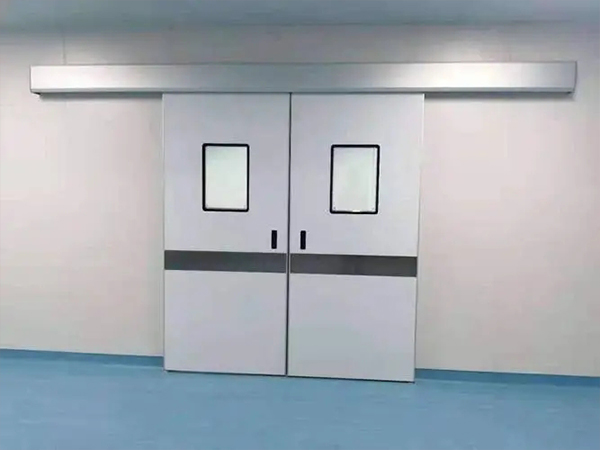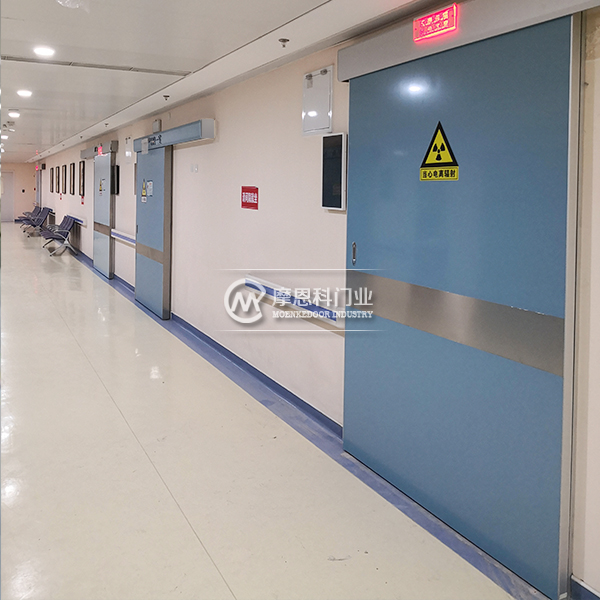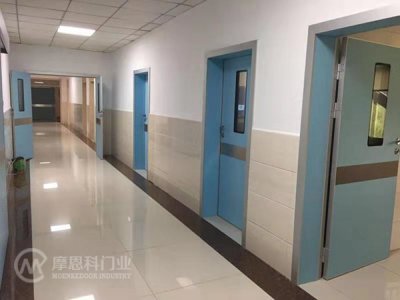
Characteristics and applications of double door medical doors: Double door medical doors are doors specifically designed for medical environments, with special functions and features aimed at meeting the needs of medical institutions for cleanliness, hygiene, and safety.
Here are some characteristics and applications of double door medical doors:
1. Double door design: The double door medical door adopts a double door structure, generally consisting of two inner and outer doors. This design can isolate internal and external spaces, avoiding cross infection and the spread of infectious diseases.
2. Sealing performance: Double door medical doors usually have good sealing performance, which can prevent cross contamination of air, bacteria, dust and other substances. A medical door with good sealing performance can also help maintain pressure balance in a clean environment.
3. Fire resistance: Double door medical doors usually have a certain degree of fire resistance to ensure a safe escape route in emergency situations.
4. Antibacterial coating: In order to meet the hygiene requirements of medical institutions, some double door medical doors also use antibacterial coatings or surface treatments to resist the growth and reproduction of bacteria.
5. Special materials: Double door medical doors can be made of materials that are resistant to bacteria, mold, and easy to clean, in order to better meet hygiene requirements.
6. Automatic control: Some double door medical doors are also equipped with automatic opening and closing devices or sensors, which can achieve door entry and exit operations without manual touch, improving hygiene and convenience.

Double door medical doors are suitable for various medical facilities, including hospitals, operating rooms, laboratories, wards, etc. They play a role in isolating, protecting, and controlling the environment, helping to maintain a clean, safe, and hygienic medical environment. When choosing a double door medical door, factors such as sealing performance, durability, fire resistance, and hygiene characteristics should be considered based on specific needs, and compliance with relevant national and industry standards should be ensured.













